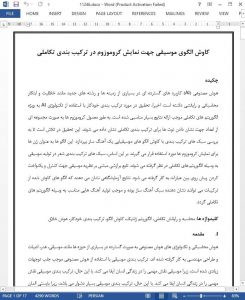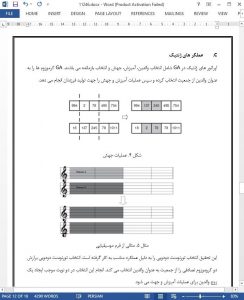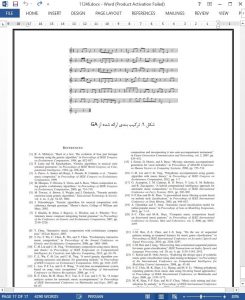Abstract
Artificial intelligence (AI) has bloomed in many novel fields such as computational creativity. Recently, research on automatic composition using AI technology, especially evolutionary algorithms, has received considerable promising results. Traditionally, chromosomes are represented as a series of numbers to indicate the notes for evolutionary composition. This study attempts to explore the composition styles by mining music patterns of a specific composer. The patterns are used as genes for chromosome representation. Accordingly, the composition styles are considered in generating music by evolutionary algorithms. The fitness function is based on music theory to smooth the progression between phrases. Experimental results show that the patterns mined from compositions can reflect the composer's style and benefit generating satisfactory songs by evolutionary algorithms.
I. INTRODUCTION
Computational intelligence and artificial intelligence technologies have been widely applied to many areas in creativity, such as music, art, literature, and engineering design. Music composition using artificial intelligence attracts much attention since music plays an important role in human life. However, composing music is particularly difficult because many elements need to be considered, to wit, rhythm, melody, texture, musical form, tone color and tonality. In addition, compositions contain explicit or implicit characters and styles of composers. To mimic a composer’s work is another thorny issue to be considered.
VI. CONCLUSIONS
This study proposes an evolutionary composition system using GA and pattern mining. The sequential pattern mining is adopted to explore the composer’s style and character from his/her works. The patterns serve as the basis for chromosome representation. By this way, the style is considered in the evolutionary composition. In addition, a novel fitness function based on music theory is proposed to smooth the connection between phrases for the evolutionary composition system.











